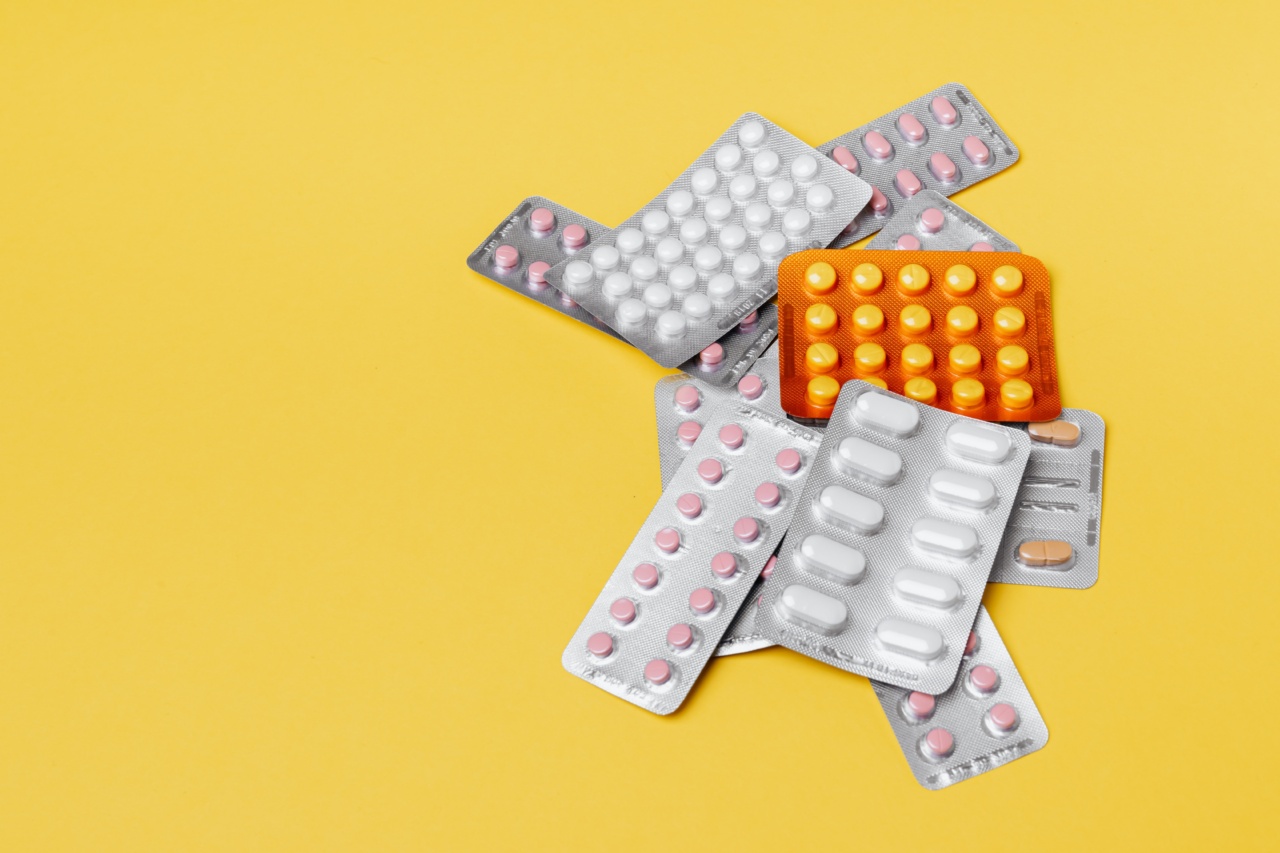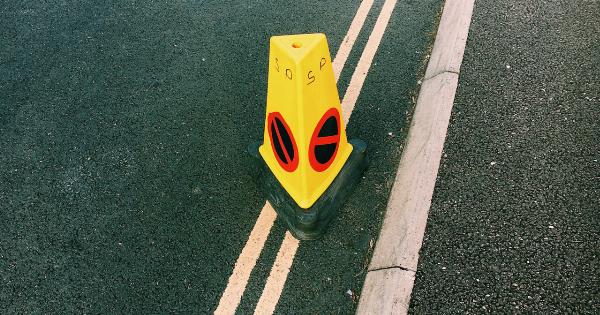Cramps are sudden, painful muscle contractions that can occur during physical activity, rest, or even while asleep. Although they can happen anywhere in the body, they are commonly felt in the legs, feet, and hands.
Common causes of cramps include dehydration, overuse of muscles, and imbalances in electrolytes such as sodium and potassium. In this article, we will discuss essential cramp relief techniques to help you survive the waves of cramps.
Stay Hydrated
Dehydration is a common cause of cramps. When your body loses too much fluid, it can lead to an imbalance in electrolytes in your muscles, causing them to contract.
To prevent dehydration, make sure you drink enough water throughout the day, especially when you are engaging in physical activity.
Stretching
Stretching before and after physical activity can help prevent cramps. Make sure to warm up your muscles before stretching to improve blood flow to your muscles.
Stretching after physical activity can help reduce muscle soreness and prevent muscle imbalances that can cause cramps.
Massage
Massaging the affected muscle can help relieve the cramp. Gently massaging the muscle in a circular motion can help improve blood flow to the affected area and relax the muscle.
You can also use a foam roller or a massage ball to massage the affected area.
Ice or Heat Therapy
Both ice and heat therapy can be used to relieve cramps. Ice can help reduce inflammation and numb the affected area, while heat therapy can help improve blood flow to the affected area and relax the muscle.
Depending on the severity of the cramp, you can use either ice or heat therapy or alternate between the two.
Supplements
Supplements such as magnesium, calcium, and potassium can help prevent cramps. These supplements help maintain electrolyte balance in your muscles, preventing them from contracting. Consult your healthcare provider before taking any supplements.
Mind Body Techniques
Mind-body techniques such as yoga, tai chi, and meditation can help reduce stress and relieve muscle tension, which can prevent cramps.
Practicing these techniques regularly can also improve your flexibility, balance, and posture, reducing your risk of muscle imbalances that can cause cramps.
Acupuncture
Acupuncture is a form of alternative medicine that involves inserting thin needles into specific points in your body. It can help relieve muscle tension and improve blood flow to the affected area, reducing the frequency and intensity of cramps.
Consult a qualified acupuncturist before trying this technique.
Medication
Over-the-counter pain relief medication such as ibuprofen and naproxen can help relieve cramps. They work by reducing inflammation in the affected area, leading to pain relief.
However, long-term use of these medications can have side effects and should be avoided. Consult your healthcare provider before taking any medication.
Preventing Future Cramps
Preventing future cramps involves maintaining a healthy lifestyle. This includes staying hydrated, eating a balanced diet, getting enough rest, and engaging in regular physical activity.
Avoid overexertion, especially in hot weather, and stretch before and after physical activity to prevent muscle imbalances that can cause cramps.
Conclusion
Cramps can be painful and debilitating, but with the right techniques, you can relieve the pain and prevent future cramps.
Stay hydrated, stretch regularly, use ice or heat therapy, try mind-body techniques, and consult your healthcare provider before trying any supplements or medication. By following these tips, you can survive the waves of cramps and enjoy a healthy, pain-free life.































